Displaying 71 - 80 of 97
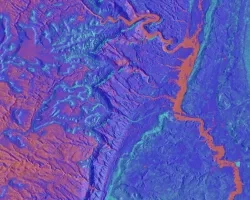
Topic
Since 1971, federal agencies have been tasked with managing burros in federally-designated herd management areas (HMAs). Because these areas are often large and remote, obtaining...

Topic
Northern wild rice (Zizania palustris L.) and Texas wild rice (Zizania texana) provide valuable ecosystem services, food sources, economic development, and cultural resources to local...
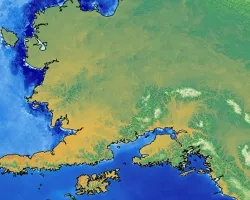
Topic
The rapid expansion of purple loosestrife (Lythrum salicaria) and reed canarygrass (Phalaris arundinacea L.) into aquatic and wetland systems has reduced native plant abundance, decreased...
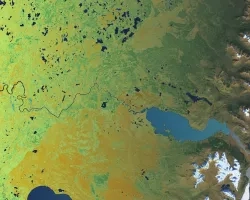
Topic
Rising temperatures alter growing conditions for vegetation that result in changes to habitat distribution and abundance. In Alaska, these ecological changes present challenges to land...

Topic
Air quality is considered one of Shenandoah National Park's most fundamental resources. The park's ecological health and visitor attendance is dependent on maintaining high air...
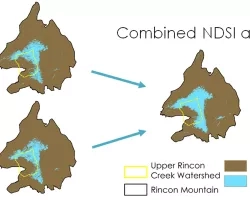
Topic
Southeastern Arizona is home to unique mountain ranges known as the Sky Islands. Sky islands are biodiversity hotspots and host various ecosystems, ranging from arid...

Topic
Vector-borne diseases, caused by pathogens and parasites, are transmitted through living organism carriers known as vectors. Mosquitoes are the most common disease vectors and transmit...
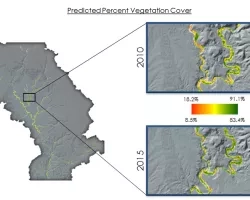
Topic
Riparian corridors in the semiarid Colorado River Basin act as an interface between terrestrial and aquatic systems, play an important role in maintaining biodiversity and...

Topic
The expansion of cities and infrastructure networks has raised concerns regarding the impact of growing artificial light pollution on wildlife and human well-being. In addition...
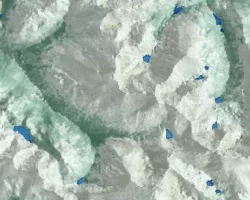
Topic
Alpine lakes in Rocky Mountain National Park (RMNP) serve as an important habitat and water source for wildlife and contribute to the overall aesthetic value...